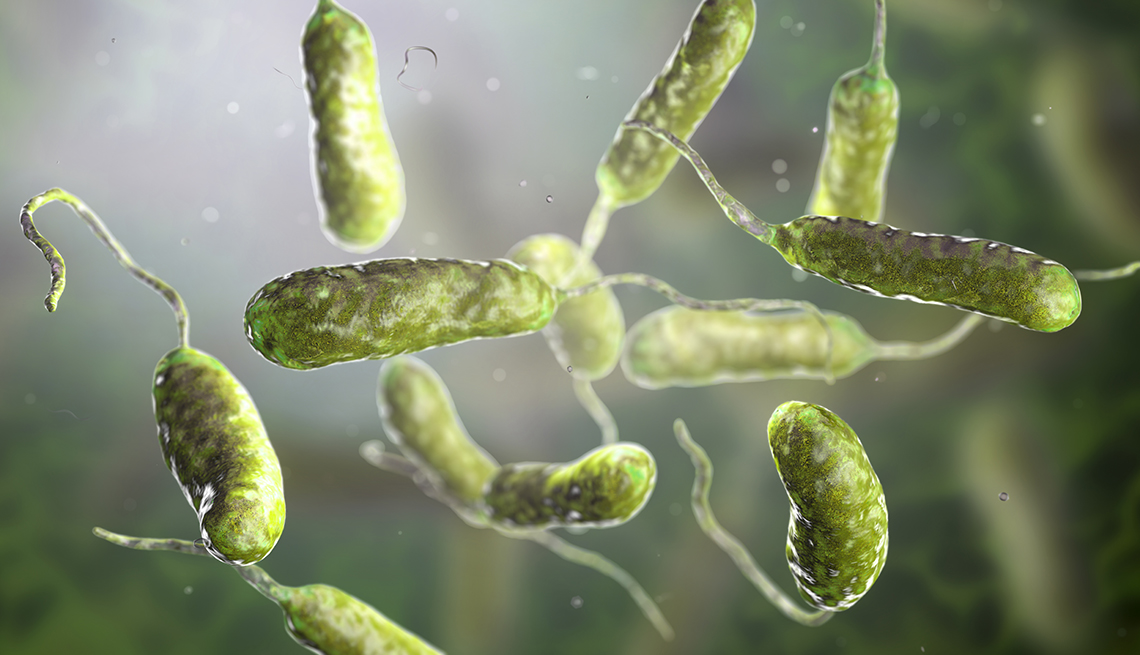Play all audios:
Most reported infections in the U.S. have been from the Gulf Coast region. Since 2007, Florida has averaged 37 infections and nine deaths annually. WHY IS VIBRIOSIS CALLED A FLESH-EATING
DISEASE? _V. vulnificus_ infections can be severe, causing the flesh around an open wound to die. Such a condition, known as necrotizing fasciitis, can require intensive care or limb
amputations, and about 1 in 5 people with this infection die, sometimes within a day or two of becoming ill, according to the Centers for Disease Control and Prevention (CDC). The bacteria
can invade the bloodstream of immunocompromised individuals, causing a severe and life-threatening illness with symptoms including fever, chills, decreased blood pressure (septic shock) and
blistering skin lesions, according to the Florida Department of Health. If swallowed, the bacteria can cause diarrhea, often accompanied by abdominal cramping, nausea, vomiting, fever and
chills. These symptoms usually begin within a day and can last about three days, according to the CDC. Healthy individuals typically develop a mild disease. Severe illness is rare and
typically occurs in people with a weakened immune system. WHAT IS THE TREATMENT? People with less severe stomach infections usually recover on their own. If you experience diarrhea, drinking
plenty of liquids is recommended. For severe cases, a doctor can prescribe antibiotics. Wound infections should be treated by a doctor, according to the New York State Department of Health.
WHAT CAN YOU DO TO GUARD AGAINST A VIBRIO INFECTION? 1. If you have an open wound — including scrapes, cuts, recent tattoos or piercings — avoid swimming, wading or walking in warm marine
waters such as the Atlantic Ocean, Gulf of Mexico, Long Island Sound or Chesapeake Bay. 2. If you do go in the water, keep any wound covered with a waterproof bandage and wear proper foot
protection to prevent cuts or scrapes from rocks or shells. 3. Health officials suggest avoiding direct contact with sargassum, also referred to as the seaweed blob, the floating algae
that’s washed ashore in places such as the Florida Keys, because it can contain the pathogen. 4. Don’t consume raw oysters or other raw shellfish taken from warm coastal waters during the
summer months. Instead, cook shellfish (oysters, clams, mussels) thoroughly. Boil shucked oysters at least three minutes, or fry them in oil at least 10 minutes at 375°F, according to the
Florida Health Department.

